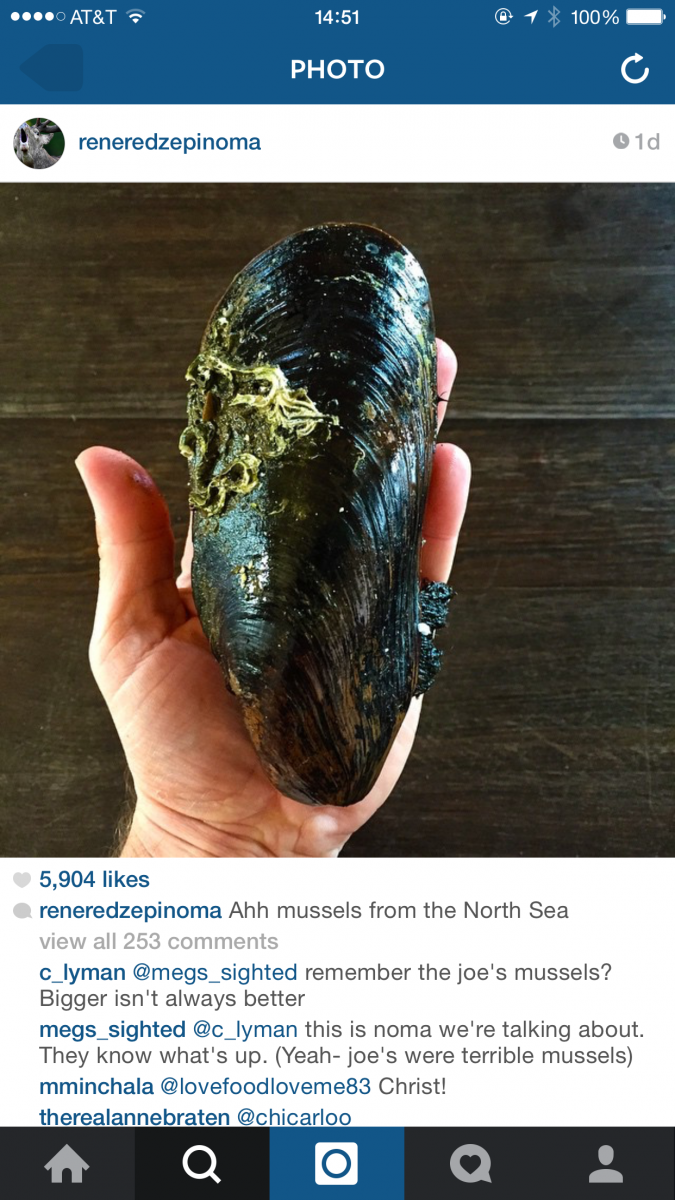From the Huffington Post:
Monthly Archives: March 2015
3 Kitchen Commandments from Anthony Bourdain
On Lists
I’m a big believer in lists, which focus the mind and serve as a reference point. When I worked in restaurant kitchens, the very first thing in the morning, I’d write the day’s prep lists, go through the refrigerators and see what I had and what needed to be used quickly, and take stock of what was missing. I’m also a strong believer in forward motion. A less-than-great decision is better than no decision or endless dithering. Improvise, adapt, go forward. And remember that credit and blame accrue to the chef in equal proportion. If your subordinates fail, it’s your failure. To blame others is loathsome. That itself is failure.
On Punctuality
I devoted an entire chapter of Kitchen Confidential to my old mentor, Bigfoot, whom I described as “a bully, a yenta, a sadist and a mensch…the most stand-up guy I ever worked for.” Bigfoot had a rule: Arrive 15 minutes early for your shift. The first time I was 14 minutes early, I was advised that the next time it happened, I’d be sent home and lose the shift. And the next time after that, I’d be fired. I was never late again for any job, and I instituted the same policy in my kitchens. To this day, I’m pathologically early to every engagement—business or social. Arrival time is an expression of respect; it reveals character and discipline. Technical skills you can learn; character you either have or you don’t.
On Knives
Knife skills are the first thing you learn in a kitchen. Whenever I saw cooks muscling a red pepper with a dull blade, I’d put them on knife-heavy prep, doing basic cuts again and again and again until they got it right. Most of the really gruesome wounds I witnessed on the job (or wrapped up before rushing a bleeding cook to the ER) came from rotary slicers or can edges—not knives. I made sure my cooks had a good chef’s knife, a flexible fillet knife for fish, an offset serrated knife and a paring knife. Some butchering hotshots also had the super-skinny remnants of a knife they’d ground down to a thin jailhouse shank and were using to scrape meat off the bone.
Link here to original blog post in food and wine. Thank you to Prof. Moore for sharing this great advice piece.
NY’s secret weapons…
A nice tribute to the people who are never mentioned but always counted on. For many new food professionals the lights of attempted fame can be blinding, but for these folks the allure of making things work and being the best at what you do is enough.
It’s Spring!, time to enjoy some fresh herbs in EVERYTHING!
When is a fruit not a fruit and a veggie not a veggie?
You think you have nice mussels?
Frozen Bays Mean Less Shellfish
Where does the fish you’re eating come from?
How to start a garden!
check out this handy website for some great tips on starting a garden almost anywhere, anyhow and with anything.
Ever Wonder how dates are grown?
Here’s a quick walk through from our friends at the Huffington Post:
For those who are naive about the date, we’re going to break it down — with photos to boot




